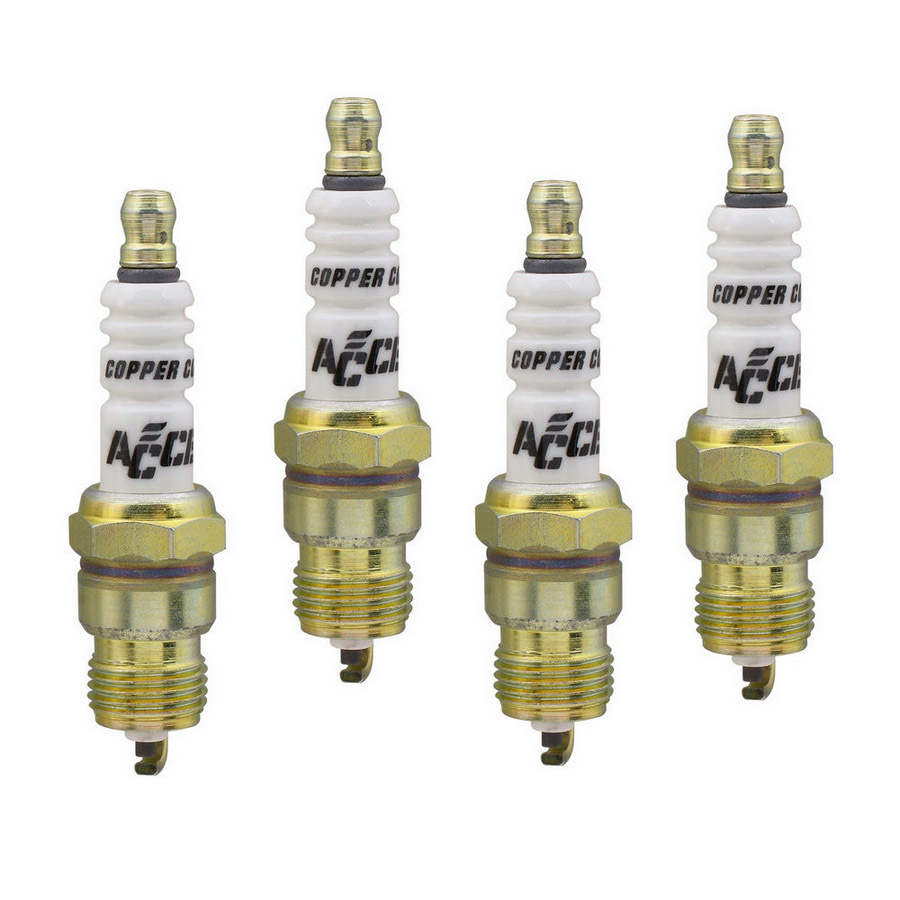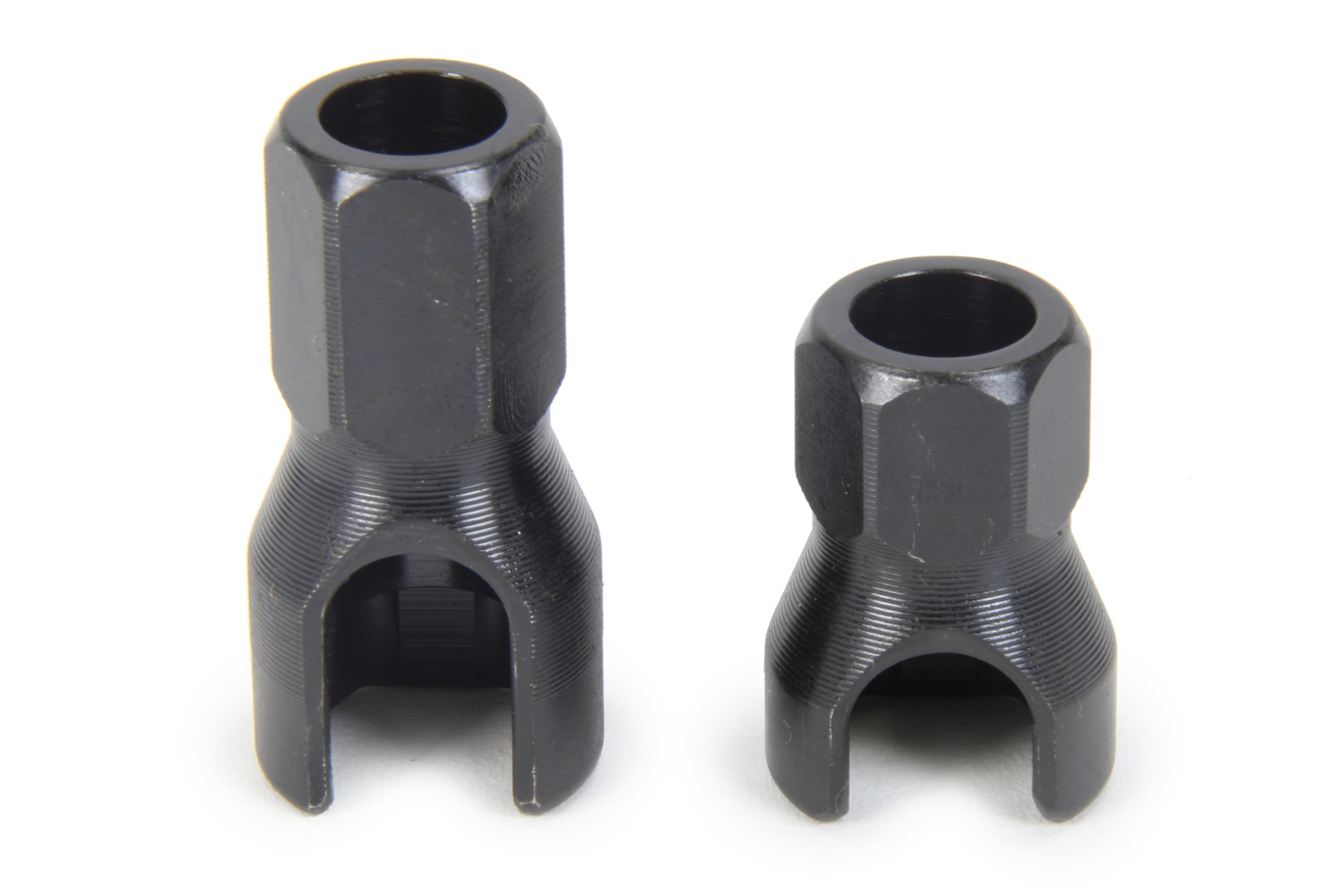If the item you have searched for has no quantity available, please contact us; we may have additional suppliers and/or brands that might fulfill your needs.
Orders with in stock quantities placed before 3PM Eastern time usually ship the same day.
At the current time we are only shipping to the 48 contiguous United States.
Accel HP Copper Spark Plug - Shorty 14mm Thread - .460 In Reach - Tapered Seat - Non-Resistor - 4 Pack
ACCEL | Part# ACL-0276S-4
MI INVENTORY: 41
Highlights:
- Determine the thread diameter, length (reach) and whether tapered or gasket (flat) seat.• Select gap style.• Select heat range.• Adjust fuel mixture and spark advance timing for maximum performance.• Inspect plugs and pistons for evidence of detonation, abnormal combustion or excessive temperatures.• Stay with the same plug type after final heat range selection unless major modifications have been made (increasing the horsepower or operating range
- Eliminates Dimpling Headers For Added Clearance
- Improves Spark Plug Access To Fit Socket Or Wrench
- Shorter Overall Plug Length Vs. OE Style Plug
- Copper Core Center Electrode
- Projected Tip
- Helps Eliminate Burned Spark Plug Boots
- Shorty Header Spark Plug
Spark Plug - Shorty - 14 MM Thread - 0.460 In Reach - Tapered Seat - NON-RESISTOR - Set Of 4
$32.83






